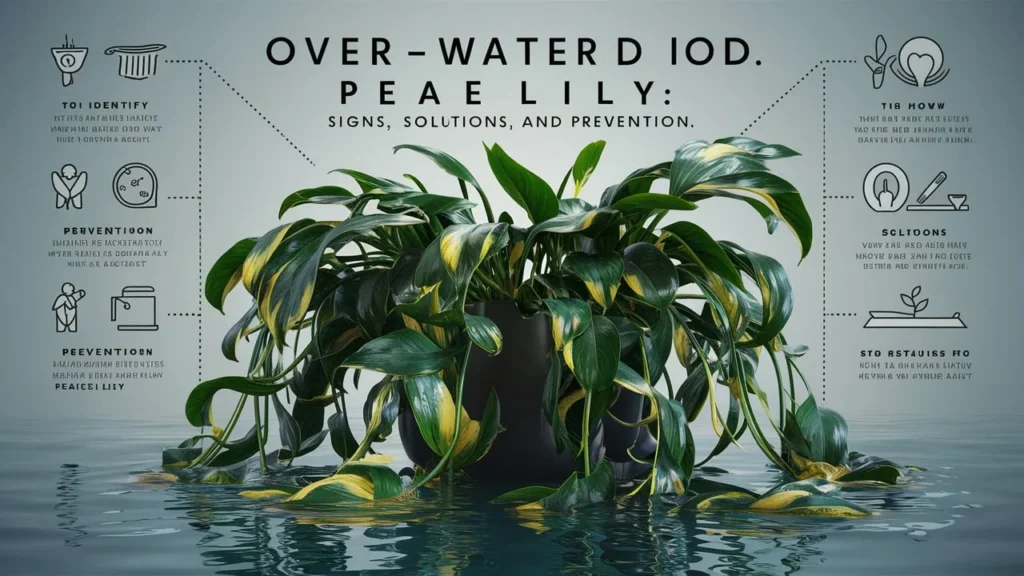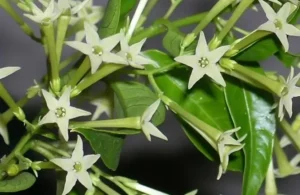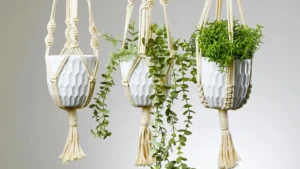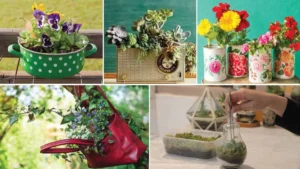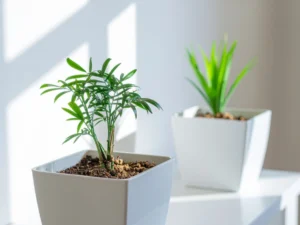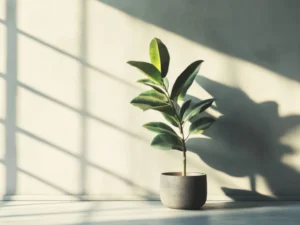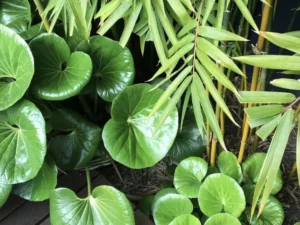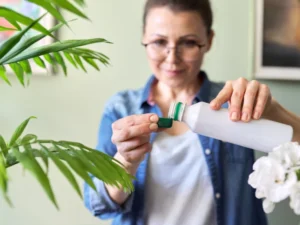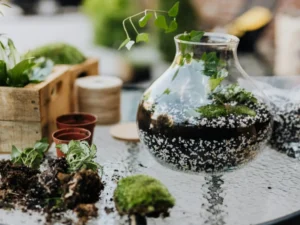For their lush green leaves and beautiful white flowers, peace lilies are highly prized. Nevertheless, like any other houseplant, they need to be properly taken care of in order for them to thrive. One common problem among peace lily owners is over watering. A peace lily that has been overwatered can change from a vibrant healthy plant to a struggling one within no time at all. This article ” Over-Watered Peace Lily “will look at the indications of an over-watered peace lily its rescue and how to prevent this in future watering.
Knowing What Peace Lilies Need
Before delving into overwatering specifics, it’s important to understand some basic requirements for taking care of a peace lily. Indigenous peace lilies live best in places characterized with high humidity and indirect light just like the rainforests in which they originate from tropical regions. Their soil should remain moist throughout however excess water can kill them easily. Over saturated roots because of too much water cause numerous problems that may compromise its health.
An Over Watered Peace Lily – Signs
Rescuing an over-watered peace lily begins with identifying one. The following are the main signs of an over-watered peace lily:
Wilt even When Water Is Present
One could be forgiven for thinking that wilting plants do not have enough water but if your potting mix is damp yet your plant still droops then most likely you have been giving it too much water. With excessive saturation of roots denying them oxygen wilt takes place.
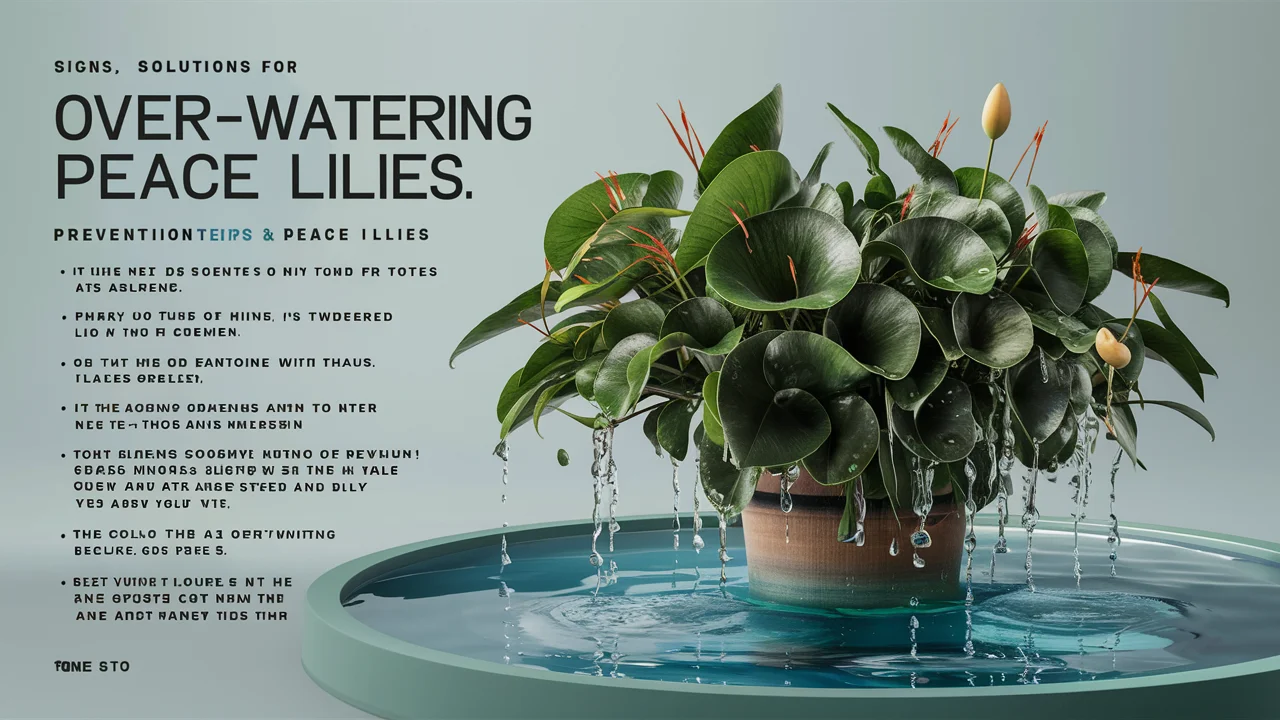 l
l
Yellow Leaves
Yellow leaves are something all plants suffer from at some point but when you combine this with overly wet soil it means there is too much water going in. They start turning yellow starting from below before moving up towards the rest parts of the plant eventually; once noticed one must act quickly or else he/she shall lose his/her plant gradually as the leaves may begin having brown tips and margins.
Root Rot
Over-watering can cause root rot, which makes the roots mushy, black or brown, and smell bad. Root rot is a serious problem that can kill plants if it is not treated in time. Often root rot is only discovered when one repots the plant or symptoms have advanced substantially.
Mold or Fungal Growth
Where there is excess moisture there will be moulds and fungi, growing easily. If you find some white furry fungus on top of the soil and some fungal growth around the base of your peace lily then this excess watering has caused such damages. These attacks further weaken any plants’ already damaged roots.
How to Save an Over-Watered Peace Lily.
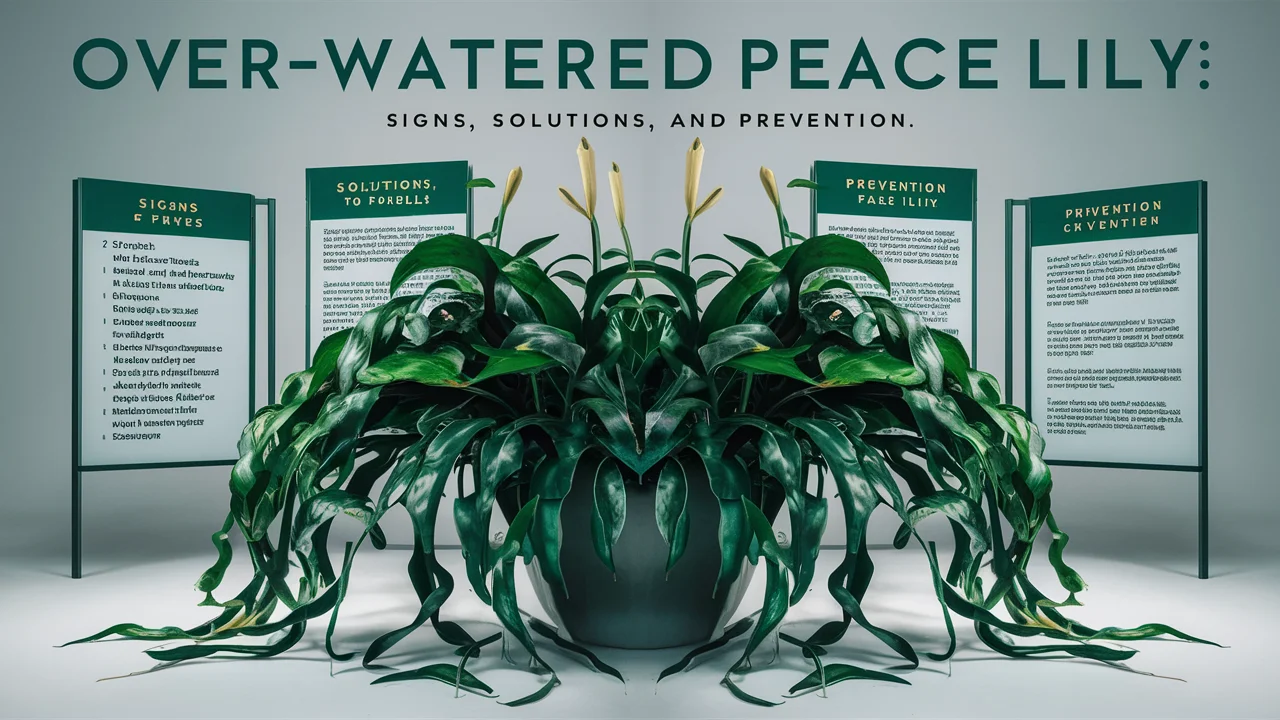
When it appears that your peace lily was overwatered, there are steps you can take to bring it back to life. Acting with speed could make all the difference between a plant that will recover and one that cannot be saved.
Immediately Stop Watering
The first obvious step is to stop watering your plant instantly. Before contemplating further watering after complete drying of the soil out should occur during this period allowing for some strength in the roots as well as avoid more destructions.
Inspect the Roots and Soil
Just inspect the roots and soil of peace lily by gently removing it from the pot. While repotting, make sure to use fresh well-draining soil if you find that it is soggy. Take away any black mushy roots with sterilized scissors if any to stop root rotting. Healthy roots should be white in appearance and solid to touch.
Change Pot
Using a container that has drainage holes fill it with new well-draining potting mix for re-potting. Repot your peace lily after cutting off decayed roots in a way that its root ball gets accurately placed in the new soil. Do not pack too much soil around the root system so as not to suffocate them.
Monitor Watering Techniques
Once it has been transplanted, water your peace lily sparingly, allowing the top inch of soil to dry out before watering again. It’s better to under-water a little than over-water again. Over the next few weeks keep an eye on the plant making sure it recovers fully.
Preventing Overwatering in Future
Prevention is always better than cure; thus follow these guidelines to ensure your peace lily remains healthy and free from overwatering:
Be Aware of Plant Watering Needs
Peace lilies like to have their soils consistently moist but not soaked in water all the time; hence water when top inch feels dry when touched by hand can be helpful though this may vary depending on seasons especially during winter when growth rate is slow.
Drainage Soil And Pots
Always get a good potting mix exclusively formulated for indoor plants that drain well since they need such soils only which will help avoid having excess water sitting at bottom where likely there could be moisture leading onto rotting of root systems.
Avoid Rigid Watering Schedules
Instead of following a rigid watering schedule for all your plants, it is better to assess their individual needs. It should be noted that the rate at which soil dries is influenced by factors such as humidity, light levels, and season. Overwatering will be avoided if watering is done based on moisture content in soil.
Consider Humidity Levels
Since peace lilies thrive in high humidity environments, you can increase air moisture around the plant by misting its leaves and not always wetting the soil when it needs water. This method therefore maintains adequate saturation of the roots with water while increasing evaporation from leaf surfaces.
Conclusion:
Although over-watering can cause distress, an overwatered peace lily can also recover given proper care and attention. Therefore recognizing symptoms of overwatering early enough, taking immediate action to correct them and making adjustments in watering habits are crucial in maintaining a healthy peace lily.
Thus bear in mind that keeping a peace lily alive requires balance; too much water can just be harmful as lack of it. With careful thought about what it requires when it’s needed as well as changing this accordingly where possible, one may definitely enjoy the beauty of the plant for years on end.

